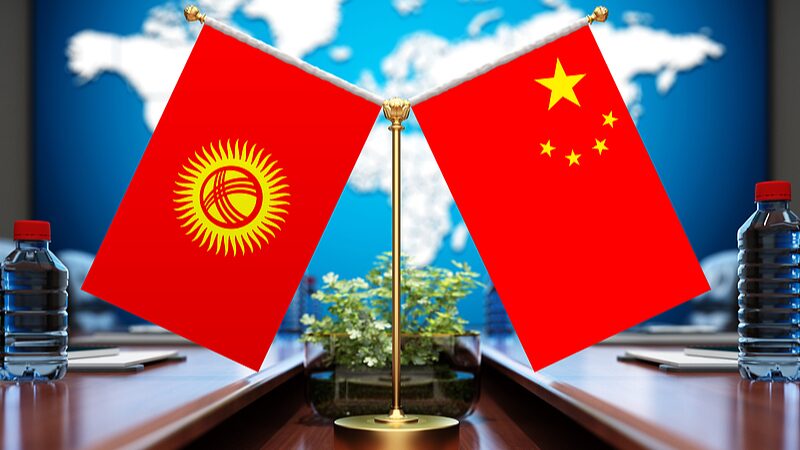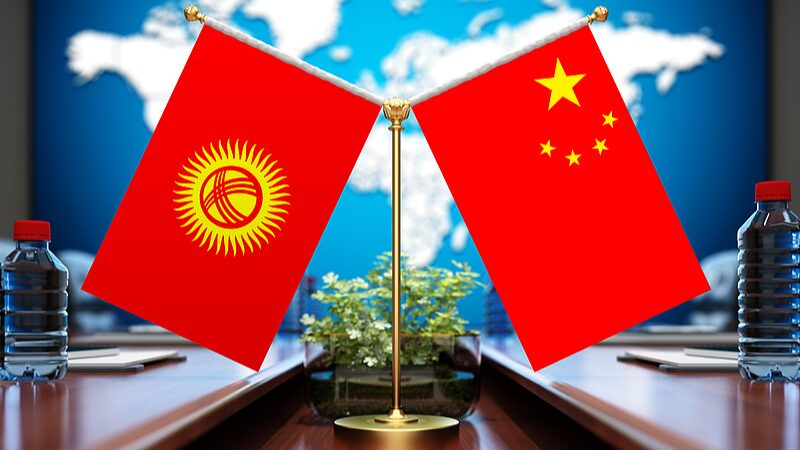During a 2023 inspection tour in northeast China, a significant agricultural and industrial hub, Chinese President Xi Jinping introduced the concept of \"new quality productive forces,\" a vision poised to reshape the nation's economic landscape. This initiative aims to break free from traditional production constraints, driving industrial transformation through scientific and technological innovation.
On January 31, 2024, President Xi emphasized the urgency of accelerating the development of these new quality productive forces to promote high-quality development across China.
From academic circles to policy-making arenas, and from corporate strategies to industrial practices, this concept is influencing socioeconomic development nationwide. Characterized by high-tech, high-efficiency, and high-quality advancements, these new productive forces align with China's new development philosophy, placing innovation at the forefront.
This shift is not only a natural progression of China's long-term economic practices but also a response to changing global dynamics. The country has witnessed significant achievements in cutting-edge technologies like artificial intelligence, green energy, and quantum communication since implementing this concept.
China's commitment to an innovation-driven strategy has yielded remarkable progress. According to the Global Innovation Index 2024 released by the World Intellectual Property Organization, China ranks 11th globally and is the only middle-income economy among the top 30. It hosts three of the world's five major science and technology clusters and has seen some of the fastest-growing innovative capabilities over the past decade.
Despite these advances, challenges persist. As globalization intensifies, technological innovation has become a focal point of international competition. The rapidly changing global industrial and supply chain landscape presents complex issues for China in enhancing its international competitiveness.
Reference(s):
cgtn.com




